
The Impact and Legacy of Futurism in Art and Design
In the tumultuous early 20th century, marked by a whirlwind of new inventions and a shift from agrarian to urban...
Amidst significant changes marked by the simplification of craftsmen’s skills, mass production, factory expansion, and urban development, a response surfaced in the late 19th century, recognized as the Arts and Crafts movement.
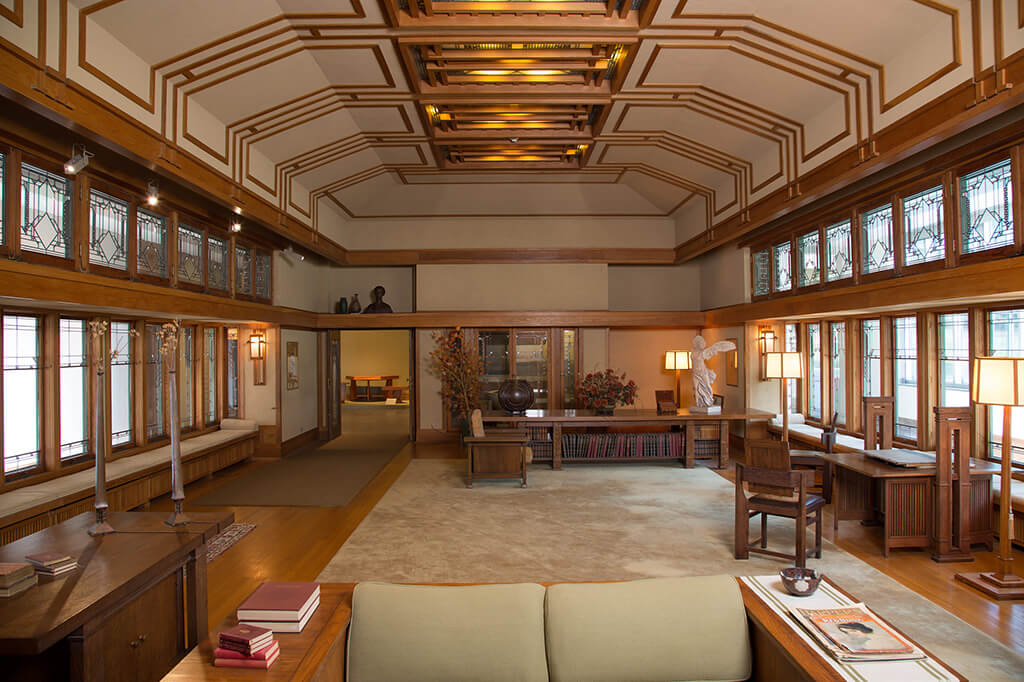
Arts and Crafts Movement was a reaction that grew out of the artistic and social activism of John Ruskin and William Morris. They decried the shoddy nature of factory produced wears that flooded the already over-decorated parlors of the Victorian period and called for a re-evaluation of what truly constituted a beautiful home.
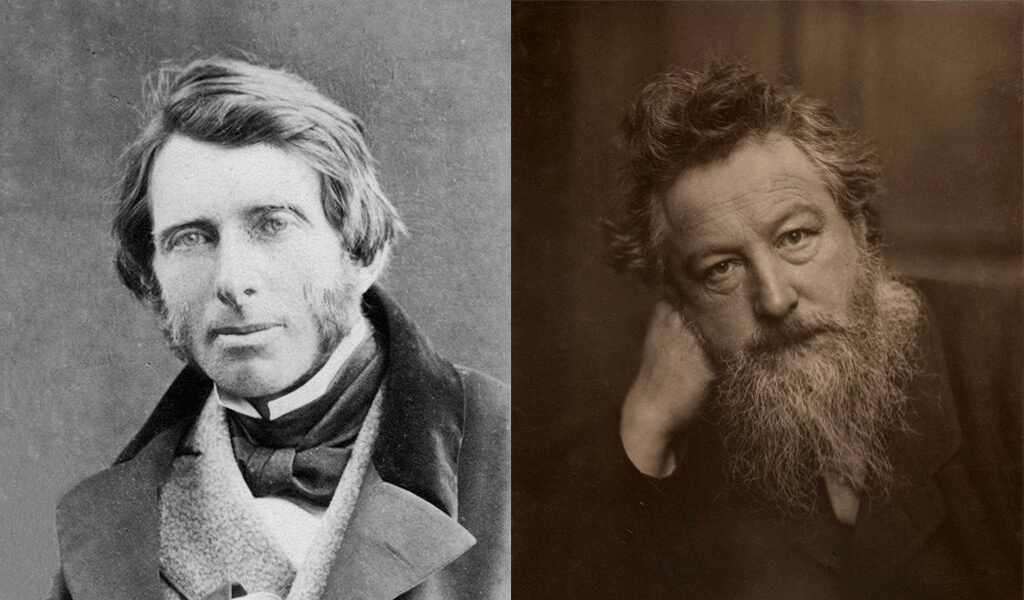
“What else can we do to help to educate ourselves and others in the path of art, to be on the road to attaining an ART MADE BY THE PEOPLE AND FOR THE PEOPLE AS A JOY TO THE MAKER AND THE USER? Believe me, if we want art to begin at home, as it must, we must clear our houses of troublesome superfluities that are forever in our way: conventional comforts that are no real comforts, and do but make work for servants and doctors: if you want a golden rule that will fit everybody, this is it: HAVE NOTHING IN YOUR HOUSES THAT YOU DO NOT KNOW TO BE USEFUL OR BELIEVE TO BE BEAUTIFUL.” – William Morris

Morris criticized the growing disconnect between designers and makers, which he believed led to a decline in the quality of products and the diminished beauty of the objects created. Interestingly, contemporary designers and makers are now striving to bridge this gap once again. They either take on the roles of both designer and maker or engage in multidisciplinary collaboration to address issues rooted in the 19th century.
The pioneers of the Arts and Crafts Movement acknowledged that machines themselves were not inherently bad. Instead, they criticized the dehumanizing working conditions in mass-production settings, such as factories, where workers endured unhappiness and relentless labor merely to survive in poor conditions. The movement’s proponents argued that objects created in such environments lacked the soul and beauty found in those crafted by content and skilled artisans.

Drawing from these principles, they began advocating for art education and craftsmanship, aiming to rejuvenate rural economies and challenge the unchecked model of industrial capitalism. Their objective was to demonstrate that they could produce superior products compared to those churned out by machines in bleak factories. Their endeavors found resonance within the art and design community, leading to the emergence of numerous organizations and guilds that shared the principles outlined by Ruskin and Morris.
While they succeeded in creating products of higher quality than mass-produced ones, a significant drawback emerged in terms of affordability. The pieces they crafted could only be purchased by the wealthier upper class, generating dissatisfaction, primarily among the creators of these works.
The principles of the Arts and Crafts Movement influenced numerous artists in the late 19th century and found application across various domains, spanning from pottery to architecture. Consequently, pinpointing a distinct characteristic language for the movement may seem challenging. However, a shared ideal across different media was a commitment to truth in materials, embracing clean and functional designs that allowed the inherent beauty of the components to shine through. The movement advocated for the removal of unnecessary ornamentation or surface treatments. Simplicity became the prevailing theme in both the products created and the lifestyles of its practitioners, emphasizing the philosophy that less is more.

Nature played a pivotal role as a primary inspiration for practitioners of the Arts and Crafts Movement. A profound fascination with botany was fueled by the influx of new specimens arriving from around the world. This admiration for the natural world found expression in various mediums such as textiles, ceramics, and metalwork, featuring depictions of trees and flowers. The intention was to bring the inherent beauty of nature into the domestic realm.
Originating in Britain, the movement swiftly spread across Europe and North America. Following the principles laid out by Morris and Ruskin, numerous artists aimed to democratize the education and creation of art and design. As a design movement, Arts and Crafts in Britain redefined beauty, emphasizing the joy derived from fine craftsmanship for both the creator and the user.
Despite the challenges faced by many guilds and educational institutions post-World War I, the timeless principles identified by Ruskin, Morris, and others remain relevant today. This is particularly true in modern economies that often promote over-consumption and the mass production of disposable goods. Unfortunately, the promises of industrialization have not translated into improved living and working conditions for many people worldwide, and the uncontrolled mass production has led to unprecedented levels of destruction of nature.
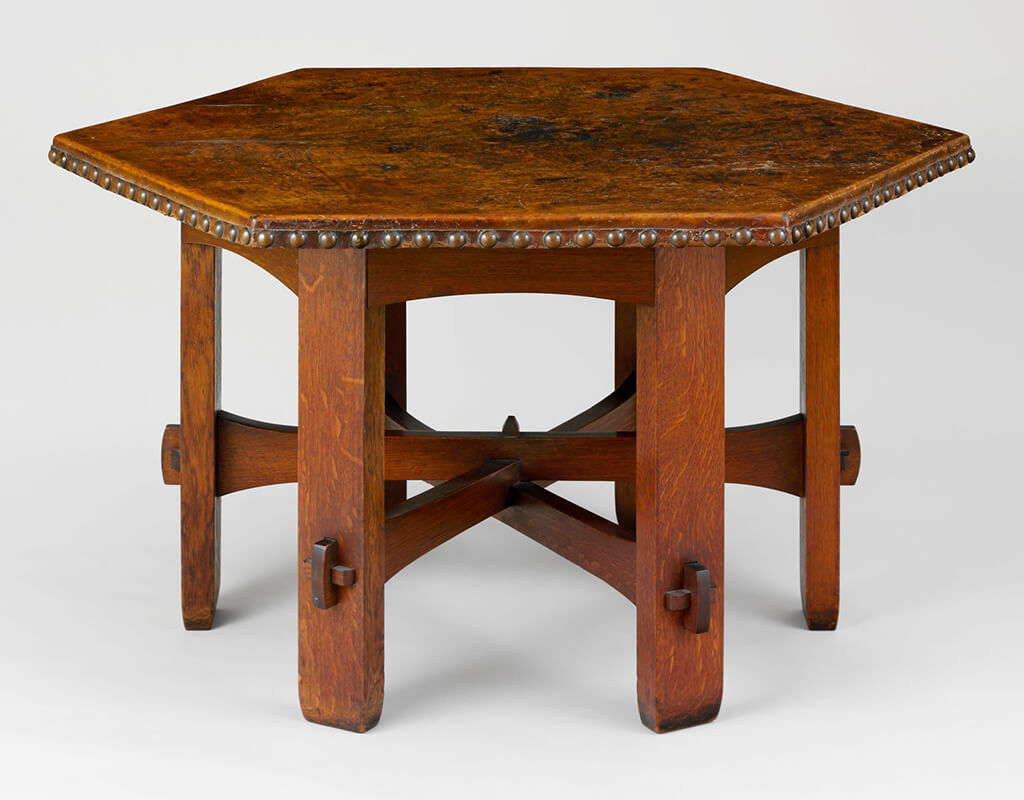
The concerns that are now at the forefront of global discussions were central to the Arts and Crafts movement almost a century and a half ago. The leaders of this movement were pioneers in addressing these critical issues. In the 21st century, the robust ideals of the Arts and Crafts movement continue to resonate and shape the worldview of many individuals. Those who believe in redefining the happiness of modern culture are guided by principles of greater simplicity, the reconnection through local communities, and the boundless beauty of nature.

In the tumultuous early 20th century, marked by a whirlwind of new inventions and a shift from agrarian to urban...

As the twentieth century unfolded, emerging artists sought inspiration beyond the intricate designs of the Victorian era, Art Nouveau, and...

The Art Nouveau movement, which flourished in the late 19th and early 20th centuries, was characterized by its ornamental and...
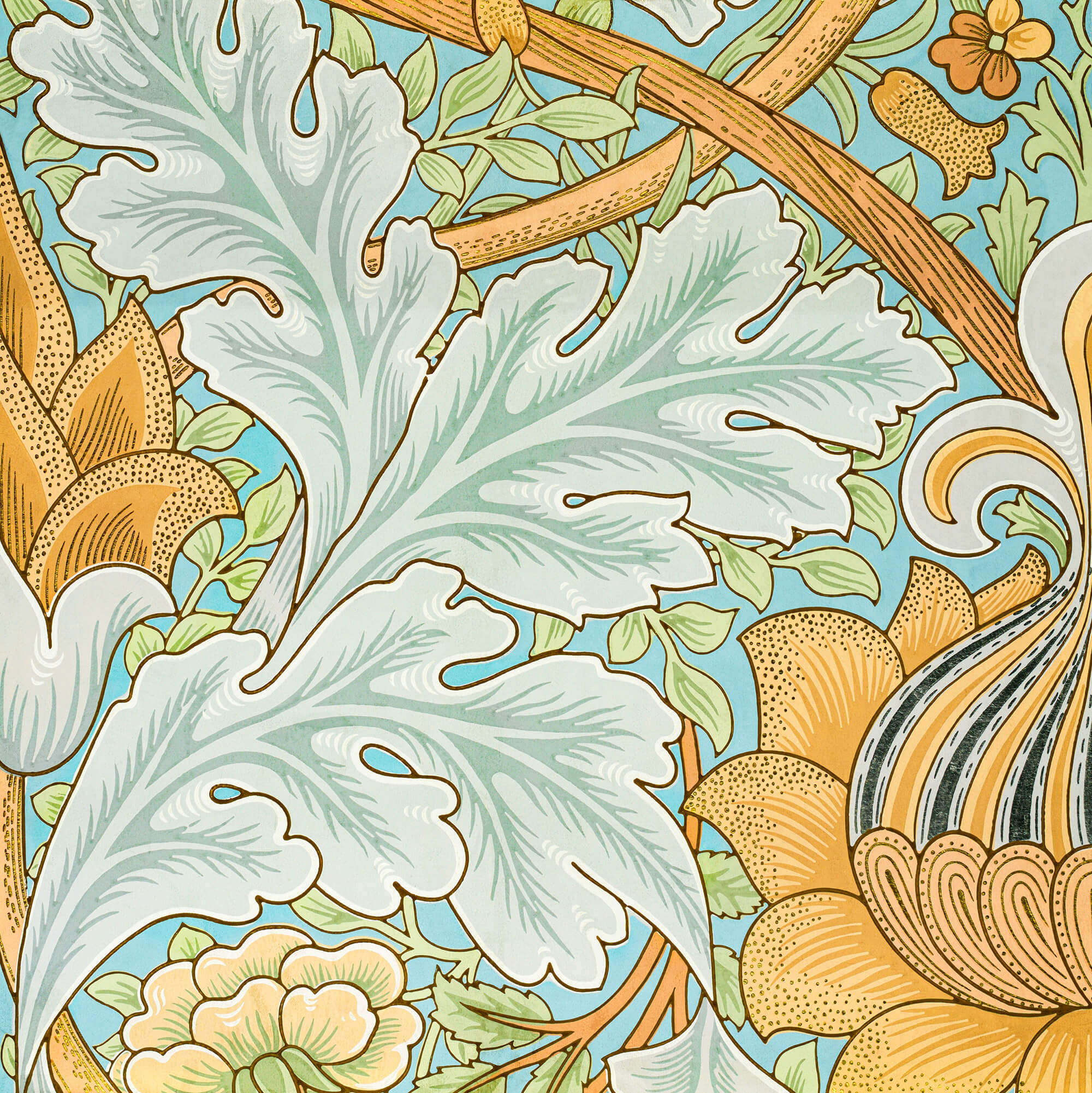
As the 19th century unfolded, the city of Paris became a hotbed of optimism and creativity, fueled by a confluence...

In the mid to late 19th century, the technological change was a big driving force, just like today. The new...

While these developments were happening, the deskilling of the craftsman and manufacturing of mass-produced items, expansion of factories and even...
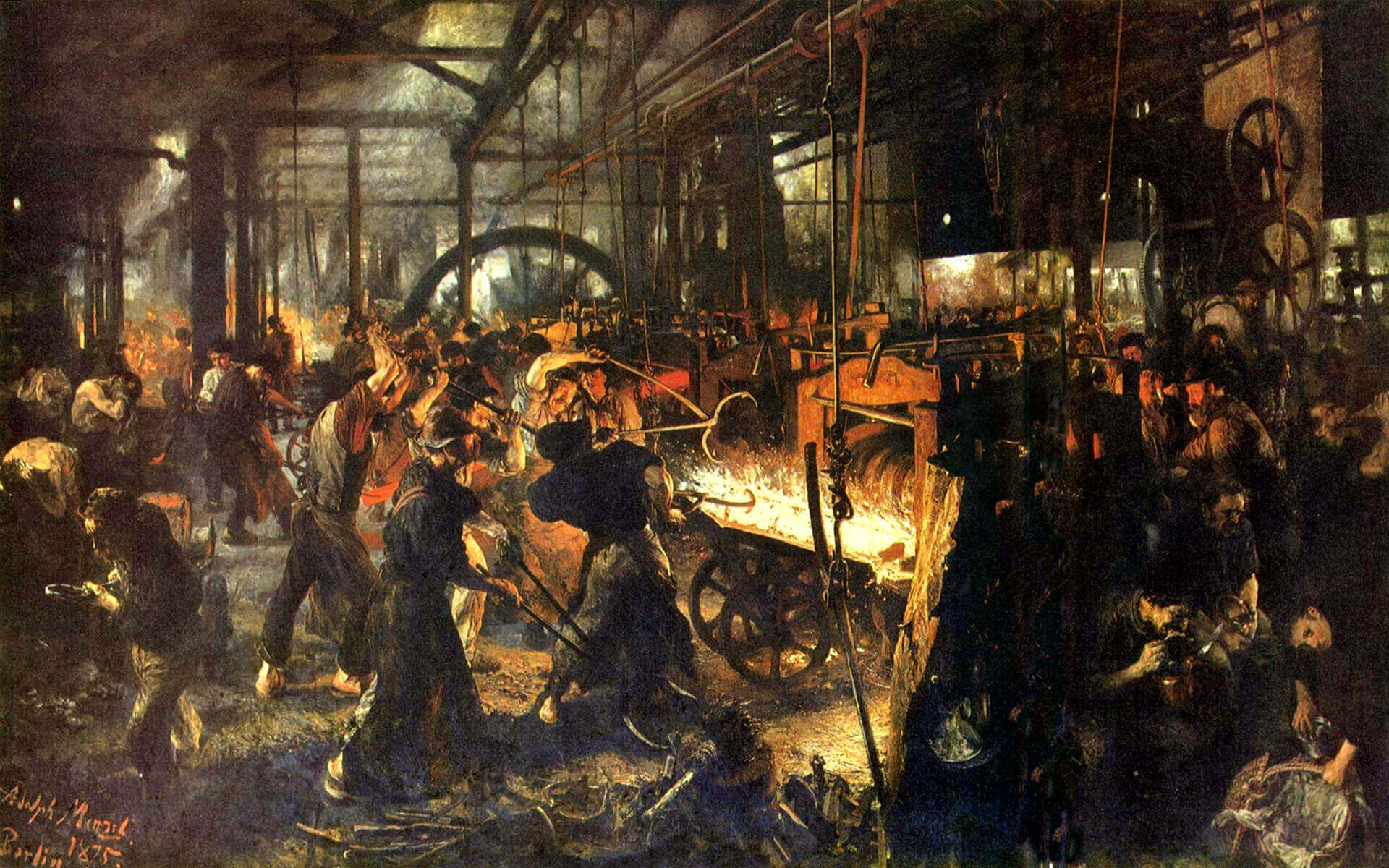
Before industrialization, things were made in small numbers, carrying the emotions and fingerprints of its creator as a result of...

In 1400s AD, after several years of focused experiments, Johannes Gutenberg made the system scalable and led the way for...

The history of graphic design begins with the cave paintings. The prehistoric humans were marking their daily lives or the...

Starting from a simple stone ax, throughout the history we created a man-made environment, to survive and control the world...